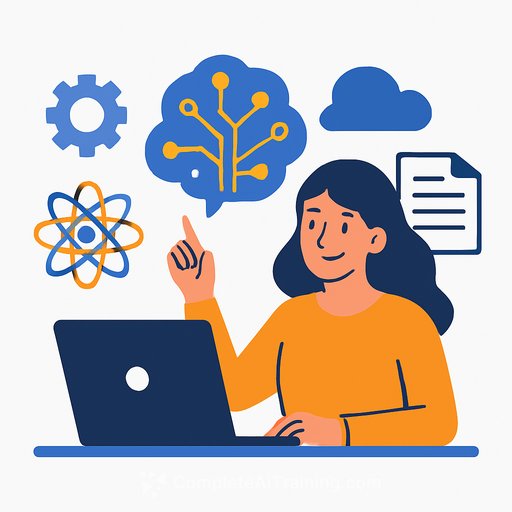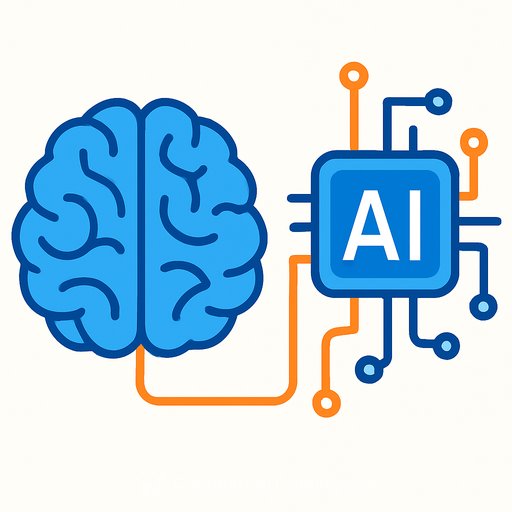Universities Must Reclaim AI Research for the Public Good
Corporate AI labs are closing ranks. Fewer technical details, longer embargoes, and product-first rollouts mean less reusable knowledge for everyone else. If that trend holds, open science - the engine of AI progress - stalls.
This is academia's moment. Universities can restore an open, reproducible, talent-building ecosystem that industry incentives can't sustain on their own.
What "public good" actually means
Open science creates knowledge that everyone can use - not just the companies that can afford the largest clusters. Shared code, datasets, and benchmarks reduce duplication and speed up discovery. That's how new ideas compound.
Universities and nonprofits are structurally better suited to maintain this: they can prioritize transparency, reproducibility, workforce training, and broad access over short-term competitive advantage.
How openness built modern AI
Today's AI stack exists because the field shared methods, data, and results without paywalls or opaque demos.
- Backpropagation was openly described and taught, laying the groundwork for deep learning.
- Academic labs pioneered breakthroughs in speech and vision, with reproducible papers and students who carried those ideas forward.
- Open datasets and benchmarks (e.g., TIMIT, TREC, MNIST, ImageNet) made fair comparison and steady progress possible.
- Open-source libraries (from early NLP toolkits to TensorFlow and PyTorch) turned frontier ideas into practical tools.
- Shared challenges (like GLUE and the ImageNet competitions) trained generations of researchers and engineers.
This created a flywheel: publish code and data, others improve it, students learn it, startups translate it, society benefits. That is the public-good effect in action.
For context on the field's collaborative roots, see the NeurIPS community and the ImageNet benchmark.
Industry's retreat - and the talent gap
It's rational for companies to tighten access: training frontier models is expensive, and competition is fierce. Recent moves - fewer technical disclosures, stricter internal paper reviews, and reduced research details - prioritize advantage over openness.
The side effect is a talent market skewed by money and compute. Reports of eight- and nine-figure offers for senior researchers signal a mismatch: universities aren't equipped with enough compute, engineering staff, or data access to train the next wave of experts at scale.
If students can't learn by contributing to large model projects with real infrastructure, we lose both individual opportunity and the broader capacity needed for scientific progress.
The university's moment
Academia can re-center AI on openness, reproducibility, and human outcomes. That means shared infrastructure, open models and data, and interdisciplinary teams that treat ethics, social impact, and deployment risks as first-class work - not afterthoughts.
The goal isn't to mimic corporate labs. It's to build durable public value: methods anyone can study, stress-test, and improve.
A practical blueprint for open AI in academia
- Pool compute: form regional "compute commons" across campuses with fair scheduling, secure enclaves for sensitive work, and reserved student quotas.
- Build data cooperatives: curate domain-specific datasets with standardized licenses, documented provenance, privacy-preserving pipelines, and ongoing maintenance budgets.
- Release open models responsibly: include training recipes, eval cards, safety notes, and reproducible seeds/checkpoints. Support community fine-tuning with guardrails.
- Institutionalize reproducibility: artifact review, environment capture, deterministic training guidelines, and long-term hosting of code, data, and weights.
- Fund team science roles: staff ML engineers, research software engineers, and data stewards with real career paths and competitive pay.
- Share across borders: form consortia that exchange compute credits, datasets, and evaluation results; use federated training where data can't move.
- Integrate safety and social science: model incident reporting, red-teaming courses, domain expert partnerships, and pre-deployment risk assessments.
- Revamp training: apprenticeship-style research groups, industry co-ops with transparent IP terms, and capstone projects with allocated cluster time.
- Blend funding: public grants, philanthropy, and shared procurement for GPUs; negotiate cloud credits tied to open releases and education outcomes.
Metrics that matter
- Share-of-output released (code, data, models) and time-to-replication.
- Students with hands-on cluster hours and shipped artifacts.
- Cross-institution coauthorship and external replications.
- Citations and reuse by labs outside the top-resource tier.
- Compute and energy disclosures per project, with efficiency targets.
- Diversity of contributors across institutions and regions.
What to do this quarter
- Publish a lab-wide openness and compute allocation policy.
- Adopt artifact review and reproducibility checklists for all papers.
- Sign an MOU with two nearby universities to share compute and engineering support.
- Seed one open dataset (documentation, license, baseline model, hosting plan).
- Appoint a research engineering lead responsible for build/test/release pipelines.
- Launch student fellowships that fund time-on-cluster plus mentorship.
- Join or start a benchmark task force with clear evaluation protocols and public leaderboards.
Where to skill up
Building team science capacity takes structured upskilling. For curated programs aligned to roles and skills, explore AI courses by job.
Carry the mantle forward
The choice is simple: rebuild the institutions and practices of open science that made AI possible, or cede the future to closed systems. Universities can lead with infrastructure, standards, and training that serve the public good - and keep science moving for everyone.
Your membership also unlocks:






